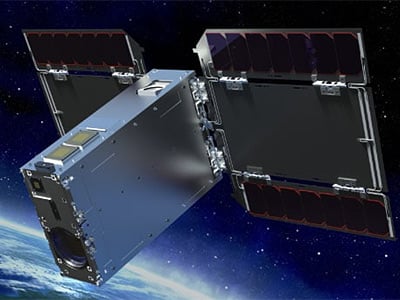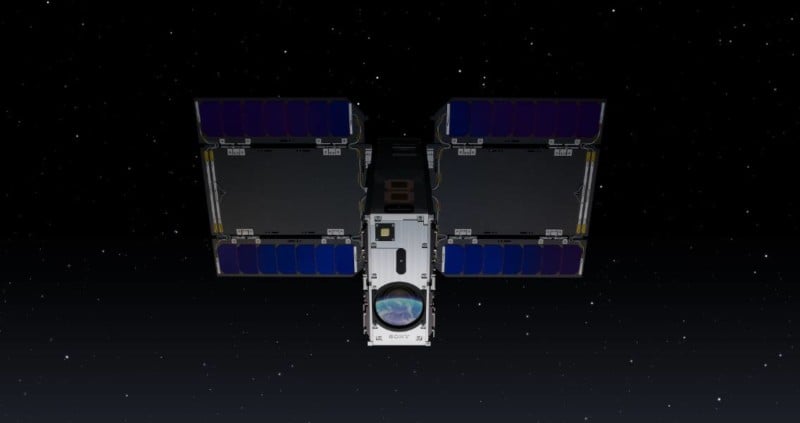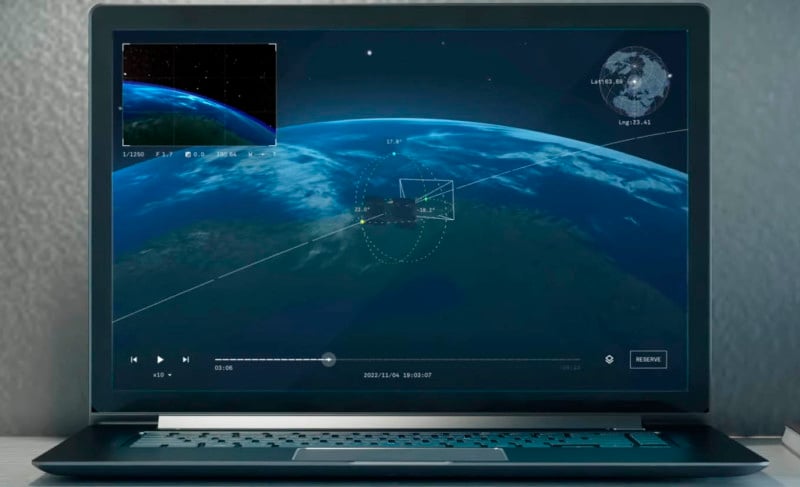This is the First Photo Shot with Sony’s Star Sphere Satellite
![]()
Sony has released the first photo captured by its new Star Sphere satellite, which aims to allow ordinary people to have access to a camera in Earth orbit and shoot their own space photos.
Star Sphere 1, also called EYE, is a microsatellite in orbit 310-372 miles (500-600km) above Earth that is equipped with a Sony full-frame (presumably mirrorless) camera with a 28-135mm f/4 lens mounted to it. The exact model of the camera has not been disclosed.


Built jointly by Sony, the University of Tokyo, and JAXA (Japan’s space agency), EYE’s purpose is to make shooting photos from space something that anyone can have access to.
Customers of the service will be able to choose one of 16 possible orbits (with each orbit lasting roughly 90 minutes) and view the satellite’s journey through a digital simulation.

The photographer has the ability to choose camera settings such as ISO, aperture, and shutter speed and a particular time and location for the photo. EYE then takes care of the rest and captures the photo according to the chosen details.
“When the satellite passes over a ground antenna, users will be able to operate it directly for around five to eight minutes while checking live images from the actual onboard camera, allowing them to experience a real-time connection with space,” Sony said in EYE’s January 2023 introduction. “The shooting simulator will enable intuitive execution of tasks such as operating the space camera, setting up shooting sequence, and reserving shooting sessions, making it easy to plan shots of the Earth, star-filled skies, and other diverse subjects.”
It is still not clear how much access to the space photography system will cost customers. Sony also notes that this first photo may not be representative of the final image quality when the project is finally made available to all.
“[T]his is indeed the first photo captured by the satellite,” a Sony representative tells PetaPixel, “however we are still in our testing phase and the quality of the imagery isn’t a good reflection of what the final product will be.”